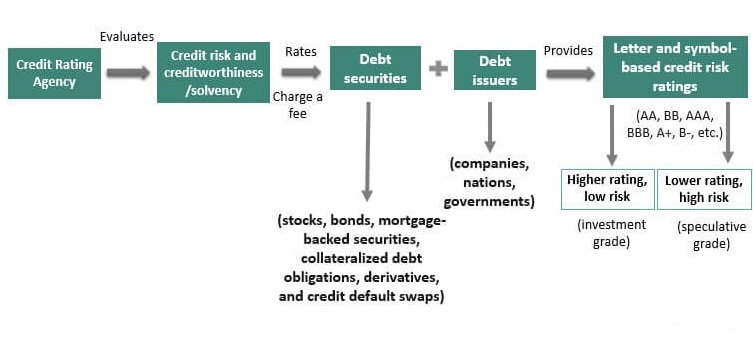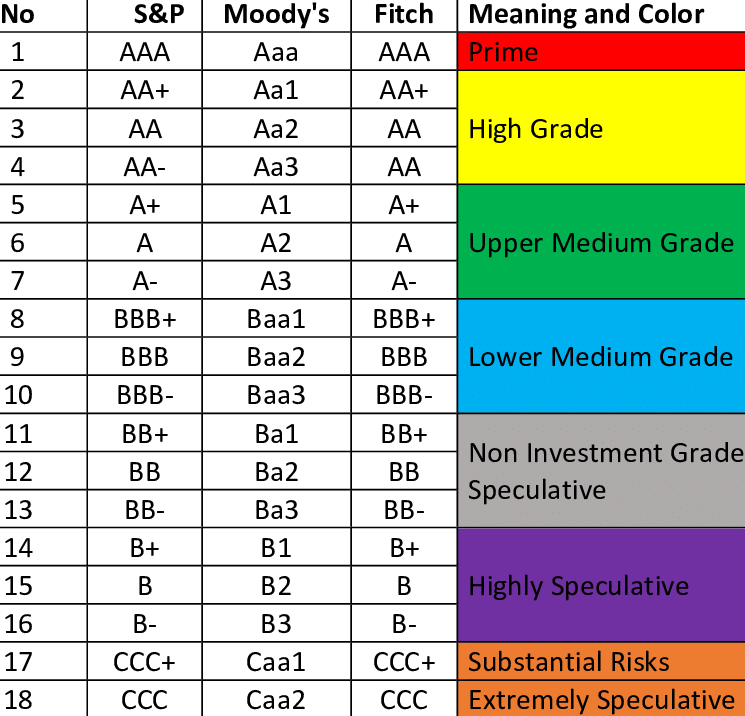7667766266
enquiry@shankarias.in
Recently Fitch, a global rating agency accorded “BBB” ratings to India’s sovereign rating.


References